INFLATION
Fears of inflation have returned after months of mixed economic signals during the pandemic. Rising interest rates have troubled the stock market and touched off corrections in the historic high values of growth stocks – previously the recovery darlings. Let us look at inflation, its causes and meaning
What is inflation? Weekly you see how much more it takes to fill a grocery cart. Bread was $3.00 last week and $3.25 this week – that is inflation, an erosion in the dollars purchasing power.
What causes inflation? What I remember from Econ 101:
Demand exceeds supply – more dollars chasing fewer goods. When we experienced a run-on toilet tissue last year the supplies diminished quickly, and the prices of replacements jumped dramatically.
Cost-push – rising costs of goods and labor needed to manufacture a product pushes up the cost of that product.
Built-in – subjective expectations of rising costs, for both labor and goods push up the prices. If a laborer knows he/she is paying more for bread they feel pressured to demand future raises.
How is inflation measured? The Bureau of Labor Statistics monthly computes the Consumer Price Index, CPI, to measure of the increase cost of a basket of goods and services – specifically food, energy and other consumer expenditures. The formula includes rents as expenses, but because homes are considered assets these costs are not a factor. The March CPI report shows a 0.4 percent inflation for February and a 1.7 percent rise for the last 12 months, still below the Fed’s target of two percent.
Do interest rate increases cause inflation? Like a headache is a symptom of a cold, not the cause, increases in interest rates are, in my opinion, more of a symptom of inflation. To the extent that the incremental increase in interest expense causes a manufacturer to boost the price of his finished product, interest costs have an indirect effect.
Fun with numbers. Because inflation is inherently a comparison of year-to-year or month-to-month prices it is critical to remember the economic environment surrounding the earlier number.
Consider first energy – remember in April 2020 when the price of a barrel of oil went negative, and finished the month at about $18? Well in 2019 the price of a barrel of oil was $68.58, so there was deflation in 2020. Today the price of a barrel of oil is $65.31, less than 2019 but three times the 2020 price, so we see inflation at the pump.
Home prices have risen significantly, but the cost or a new home is not in the CPI formula. Rental rates meanwhile are a mixed-bag during the pandemic – many apartment dwellers chose to buy a home, while lower income tenants had to rely on the stimulus benefits to pay their rents, and landlords are prevented from evicting non-paying tenants.
Ask any homemaker and he/she will confirm that food costs are rising. Is that because of one or all three of the above factors – demand, cost-push or a built-in expectation?
Interest rate yields on ten-year U S Treasury Notes, has risen from 1.1 percent in January 2021 to 1.67 percent today; yet still less than the 1.76 percent in January 2020.
Some experts believe that inflation in excess of two percent will have a temporary cooling of the recovery in growth stocks, but the long-term effect will not be disastrous. Inflation can benefit some industries by boosting revenues, as others see rising costs adversely affect net income. Yet it is all relative, energy and interest rates have both been higher than today’s prices and the economy and investments survived.
